History originally published in AutoWeek September 11, 1989
To have worked for Dodge in the ‘60s and to have the Hemi, and then look at the Corvette and just know that given half the chance—a quarter of the chance—that you could do that too, how that must have stung.
If Bill Brownlie’s memories were anything to judge by, it not only stung but was a call to action. Brownlie, then chief of styling at Dodge, said it all started in the mid-60s with a fiberglass show car called the Charger III. Not a running vehicle, the Charger III represented a “true, two-seat sports car.” The design was a result of a contest in the Dodge styling studios and was, according to Brownlie, a direct thrust at the Corvette. Furthermore, Bob McCurry, later to become president of Toyota U.S.A. but then head of the Dodge division, was “gung ho when we showed him the vehicle,” Brownlie said.
The Charger III was destroyed, but it had planted a seed. Brownlie directed one of his design engineers to “think about what we might do and how we could convert a Challenger into a two-place car.”
“I thought we had the kind of underpinnings, engine and drivelines that would allow us to be competitive (with the Corvette). What we didn’t have, of course, was a body. We didn’t have a specialized sports car.”
Brownlie ordered a convertible Challenger from Dodge Main—the invoice was dated Oct. 29, 1969—spec’d out with a 426 Hemi four barrel, four-speed and 3.54 rear end, and so on.
“I was going to try to get the division to build one as a show vehicle and test the market,” said Brownlie, “literally give them a show property, number one, (with which) they can hype the Dodge division name, and number two, while the thing is out on the auto show circuit we can do some research and find out if there is any genuine interest in a car that size designed as a two-place vehicle.”
The car was taken to Synthetex, which was then, according to Brownlie, “a very, very small shop,” owned by Ronald Mondrush. Mondrush recalled the designer working with Brownlie as one Irv Ritchey, with whom he became close friends.
“We clay modeled new quarter-panel overlays and a spoiler over the back and a targa roof,” Mondrush remembered. “Then we re-did the grille opening. And the interior; we made the tonneau, the ‘waterfall’ (a molding around the backs of the bucket seats), and the car was painted a very difficult pearl yellow that was almost impossible to paint because of the configuration of the targa.”
Unusual features on the car included a retractable rear window, and moveable rear wing, both adjustable electrically from the cockpit. The cabin remained basically stock, especially the dash and the controls, including the pistol-grip shifter. The point, of course, was to impress showgoers and the Dodge brass with the similarity to the standard Challenger.
The car was shown as the Yellowjacket. It toured the show circuit and “about that time,” according to Brownlie, “I was going after a new front-end design for the standard Challenger—the two-plus-two car—and I wanted to be out there with a truly aerodynamic front end. Everyone back then was doing the typical hoods straight out, big mouths for grilles, very bad for aerodynamics and getting kind of old hat—and all the designers were into more aerodynamic shapes. So we had produced and released to engineering the front end that you now see…it was indeed going to go into production.” The purpose of putting it on the show car was to get publicity in advance, to “tease the audience.”
Mondrush remembered rebuilding the car: “The whole front end was taken off and we remodeled a whole new front end. That’s when it went to concealed headlights, that kind of multi-serration around the front end, and then we re-did the taillight insert. And then the car was painted pearl white.”
Renamed the Diamante and presented as a new car, it was introduced at the Detroit Auto Show. “The actual display,” said Mondrush, “was a million dollars of diamonds around the car.”
The car did the primary show circuit in white. An apocryphal story, which neither Brownlie nor Mondrush remembers, has the car being scratched just prior to a show and George Busty of Creative Customs being called upon to repaint the car in less than 24 hours. He did so—but in a pearl honey-gold that he supposedly preferred. Anyway, the car made the secondary circuit as a rather unusually colored diamond.
There was, of course, never a two seat sports car from Dodge, at least not until the Dodge Viper, though Brownlie claimed the numbers were there to support production of 25,000-30,000 two-seaters (against 30,000-35,000 Corvettes). Said Brownlie, “There had been very brief discussions with Dan Gurney (whether) he might be willing to do a limited number of these, but I don’t think it was much more than conversation.”
McCurry didn’t remember the car, and Gurney didn’t remember any talks, which he said doesn’t mean they didn’t happen, but they must not have progressed very far.
What did happen was the dying off of the ponycar era. The decision was made to let the Dodge Challenger and Plymouth Barracuda die without spending a significant amount of money on restyles. The former certainly wasn’t to get a new front end that could meet the 1973 five-mph bumper rule.
Its show days over, the Diamante lived under a tarp in a Dodge warehouse until it went to the high bidder in the late ‘70s. Brownlie and Mondrush both remembered making bids, Mondrush offering about $18,000, but the car went to Ohio for around $30,000. The car changed hands once more and was then purchased last year by Chicago-area nightclub owner Joe Bortz, who has been amassing a collection of US factory show cars.
Perhaps a “Chrysler Corvette” was never meant to be. Perhaps the time just wasn’t right. But since the decision was made not to try, perhaps we will never know.
As a history major and a car enthusiast, this was a kind of story I liked to write. Not only is it a true one-of-a-kind, but get to work with “original sources,” the people who made it happen. The Diamante, as a “show property,” is also unusual that it is a completely drivable car, and to get to drive something like that…
The Dodge Diamante is now in the collection of Mopar enthusiast Steven Juliano and has been repainted in its original white.








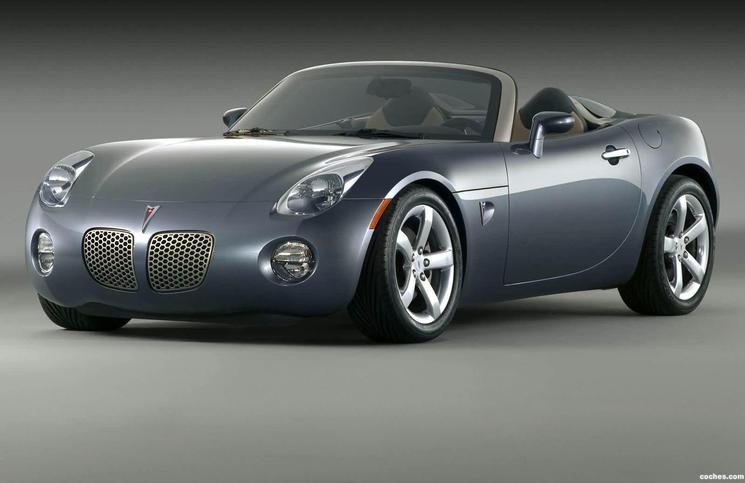
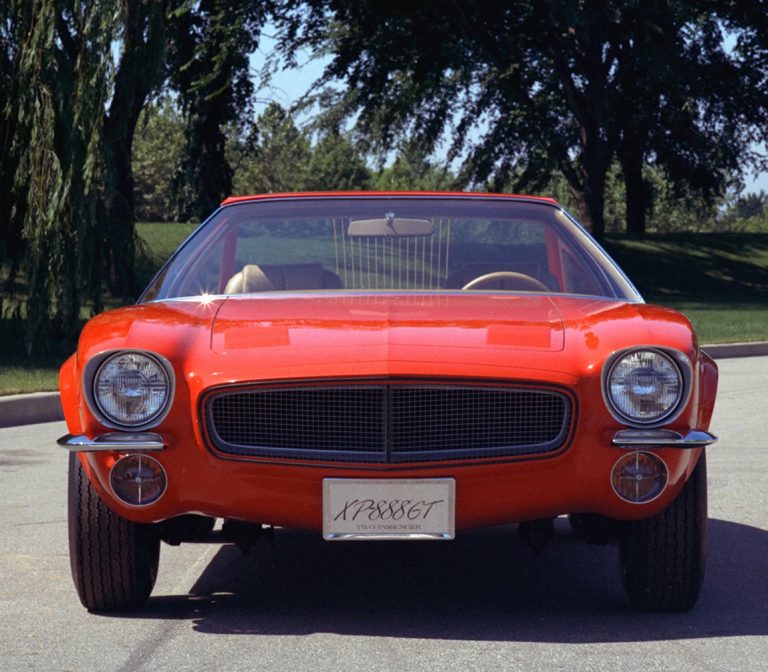
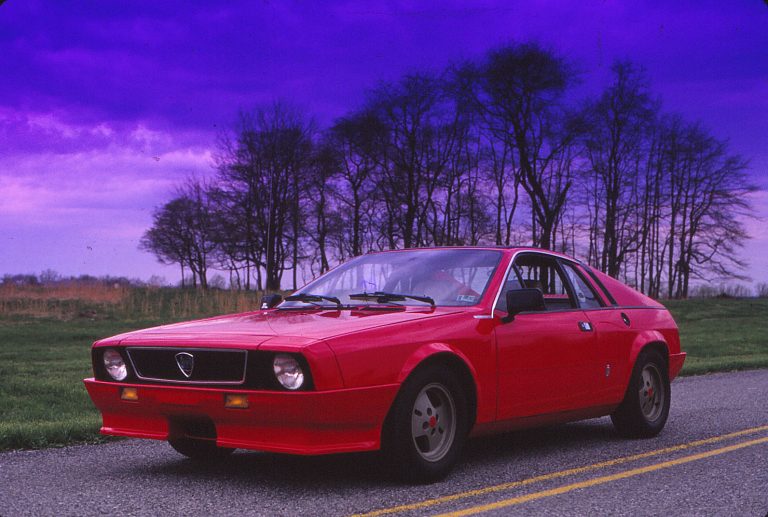
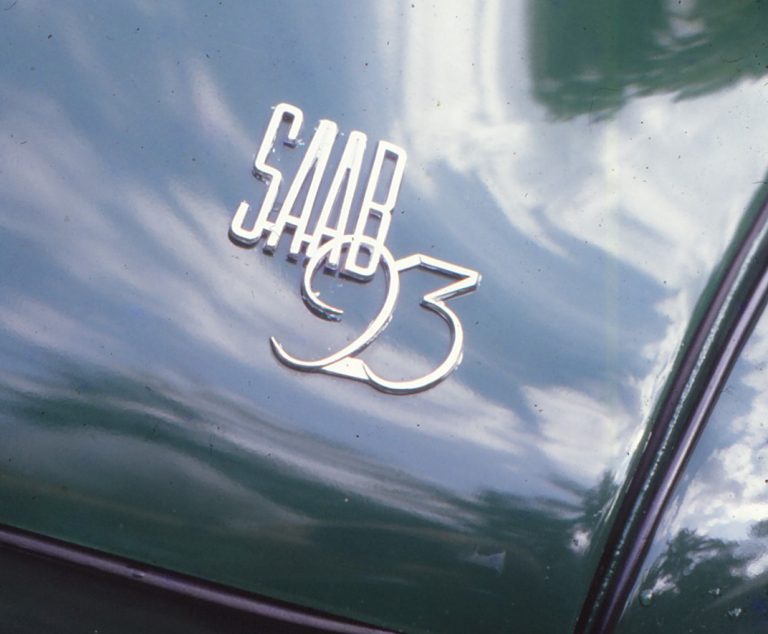

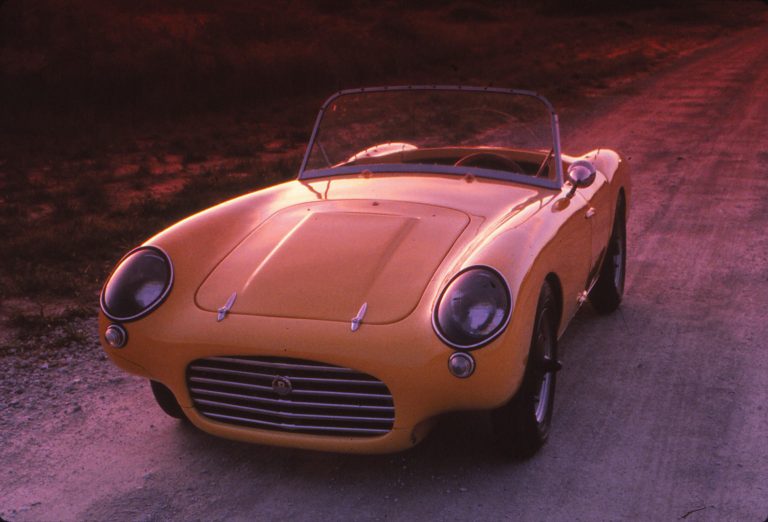
This car was at a car lot, Marina auto sales, West Carrollton, Ohio in the late 70’s. I actually got to sit in this car. It was in the inside “showroom “.